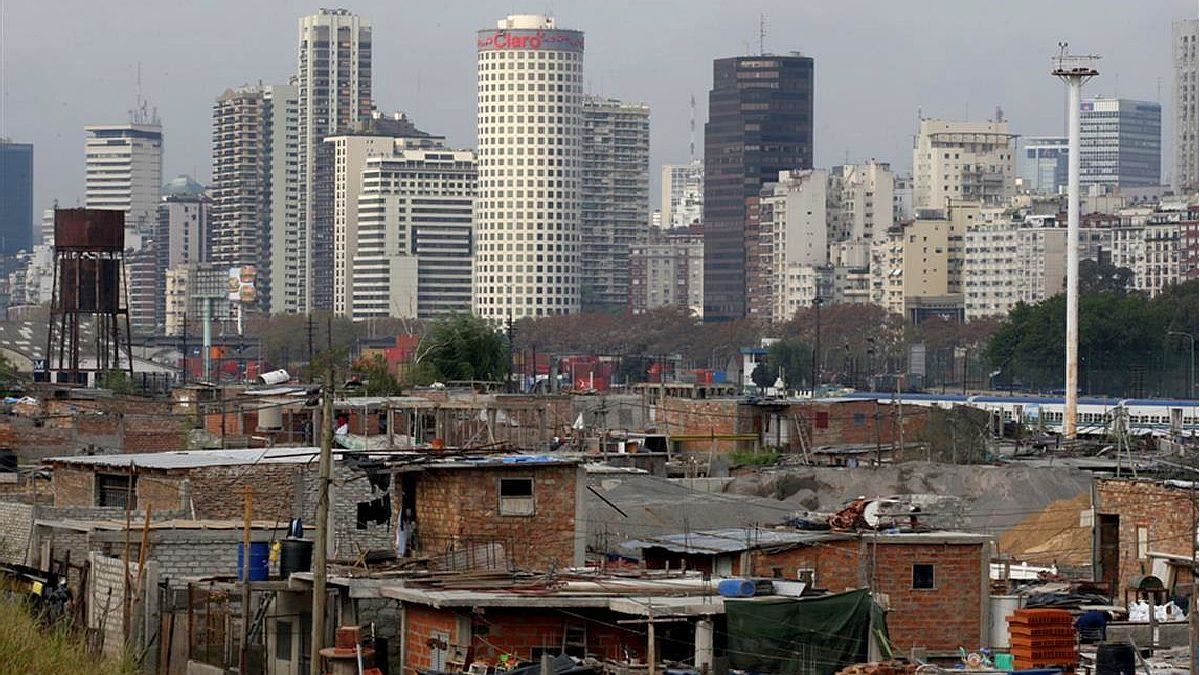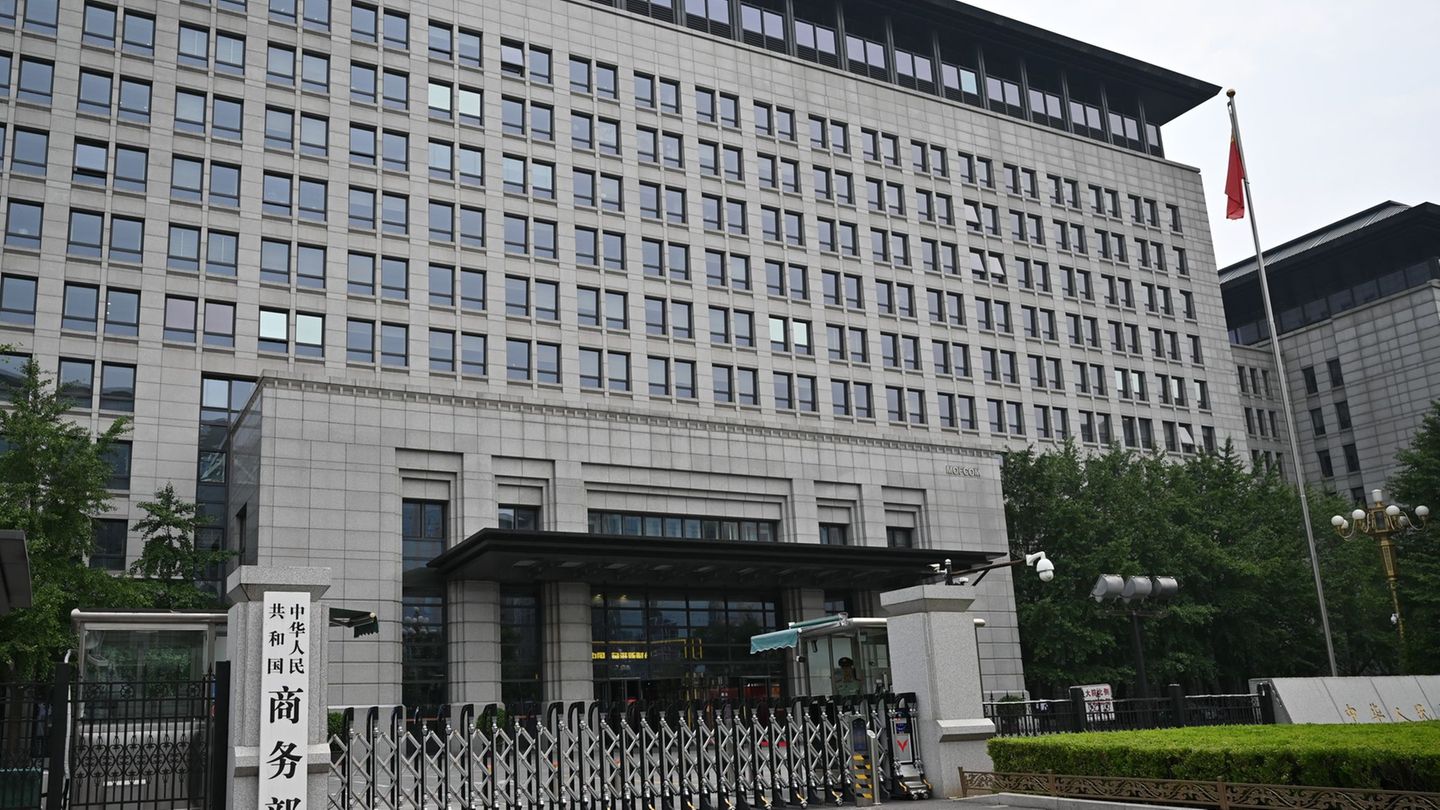The research highlights that social inequality aggravates environmental deprivation, especially for the most economically disadvantaged children and adolescents.
More than half of children lack at least one public service and a 15% do not have access to running wateraccording to the joint report of the Argentine Social Debt Observatory of the Argentine Catholic University (ODSA-UCA) and the hipotecary Banc.
The content you want to access is exclusive to subscribers.
The research called “Diagnosis of Children’s Habitat for Sustainable Development” highlights that childhoods are populations more sensitive to environmental pollution, overcrowding, poor water quality, poor housing conditions and citizen insecurity, among others. For this reason, he analyzes each dimension of the living habitat space according to social inequalities and disparities between large urban agglomerations in the country.


The document, prepared by Ianina Tuñón, Matías Majlar and Nicole Robertpoints out that the predominant problems in the housing environment that impact children are: insecurity in neighborhoods (77%), the lack of public services such as drains, sidewalks and pavements (56%), the presence of drugs (54%), the lack of access to the gas network (53%), the environmental pollution (48.6%), the absence of sewage systems (38%), and to a lesser extent, situations of housing precariousness (19%), overcrowding (18%) and irregular housing possession (10%).
A critical point has to do with access to running water, since 15% of children do not have it and 20.5% have poor quality of service.. In this sense, the report highlights that the Social inequality aggravates these environmental deprivationsespecially for the most economically disadvantaged children and adolescents, as is also evident more starkly in the Buenos Aires suburbs and the Greater Tucumánalthough disparities also exist in other urban environments.
“It is imperative to deepen, through concrete actions, the improvement of the living conditions of citizens.a, which would have highly significant positive consequences on the maturational and cognitive growth of children, not only in their first years of life, but also in their subsequent development and growth,” the report emphasizes.
How do these problems impact children?
According to the report, the unsafety (77%) and the presence of drugs (54%) in neighborhoods represent significant barriers to fundamental aspects of the socialization of childhood and adolescence, since they “limit their ability to play in public spaces and to move autonomously to school or other places.”
The environmental problems and the public service deficit in the neighborhoods “they are interrelated”. The lack of drainsFor example, it can promote the spread of serious diseases such as denguesame as him access to drinking water, adequate sanitation conditions and mains gas are crucial for the nutrition and the health of childhood and adolescence, as well as for their physical development and its educational capabilities.
Furthermore, about 20% of this population lives in overcrowded conditions or poor housing, which limits their personal development by not having spaces for privacy, adequate rest or social interaction with their peers. “Housing insecurity also entails risks for their survival and well-being,” the report adds.
In turn, the residence of childhood and adolescence in informal housinggenerate instability and vulnerability in their living environment, which “probably negatively affects the psychological well-being of the adults in charge of their care and upbringing”.
Source: Ambito




